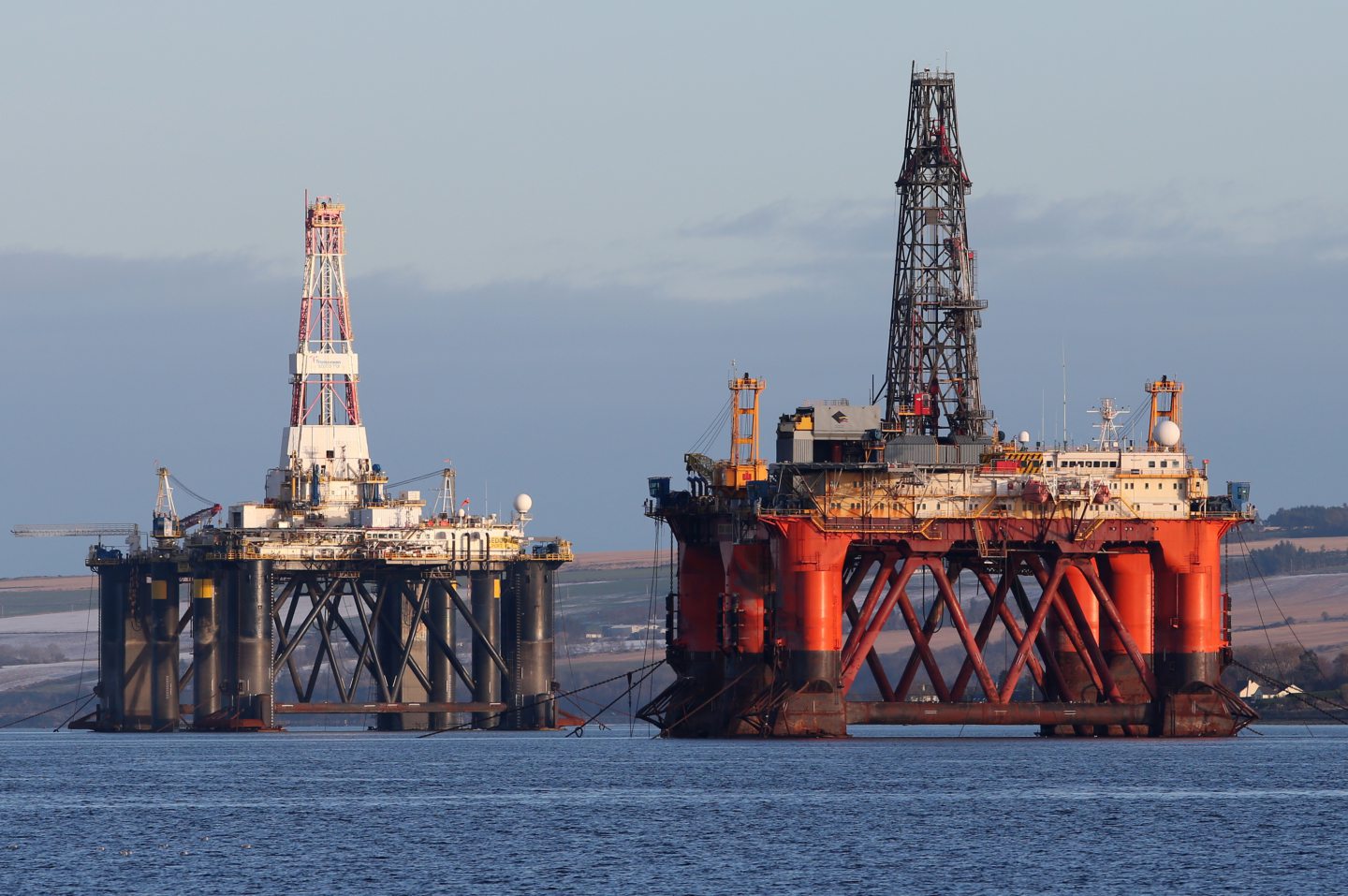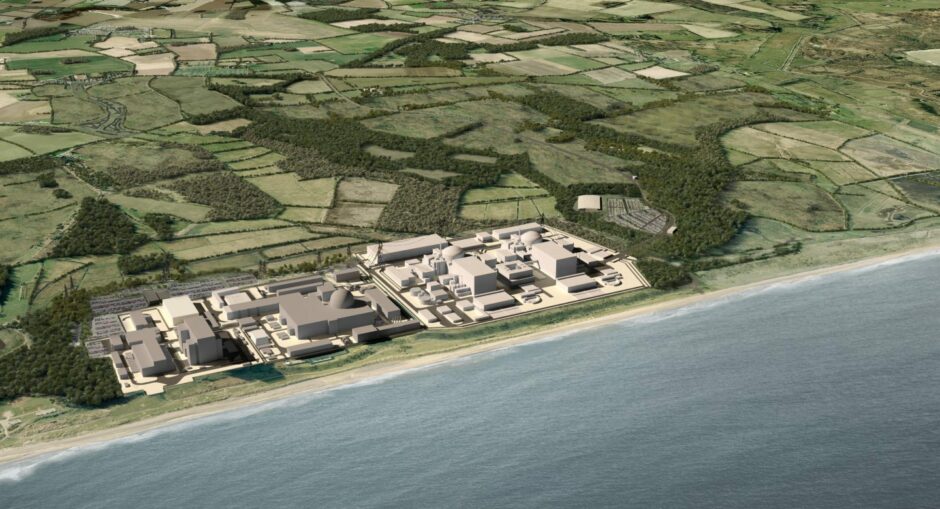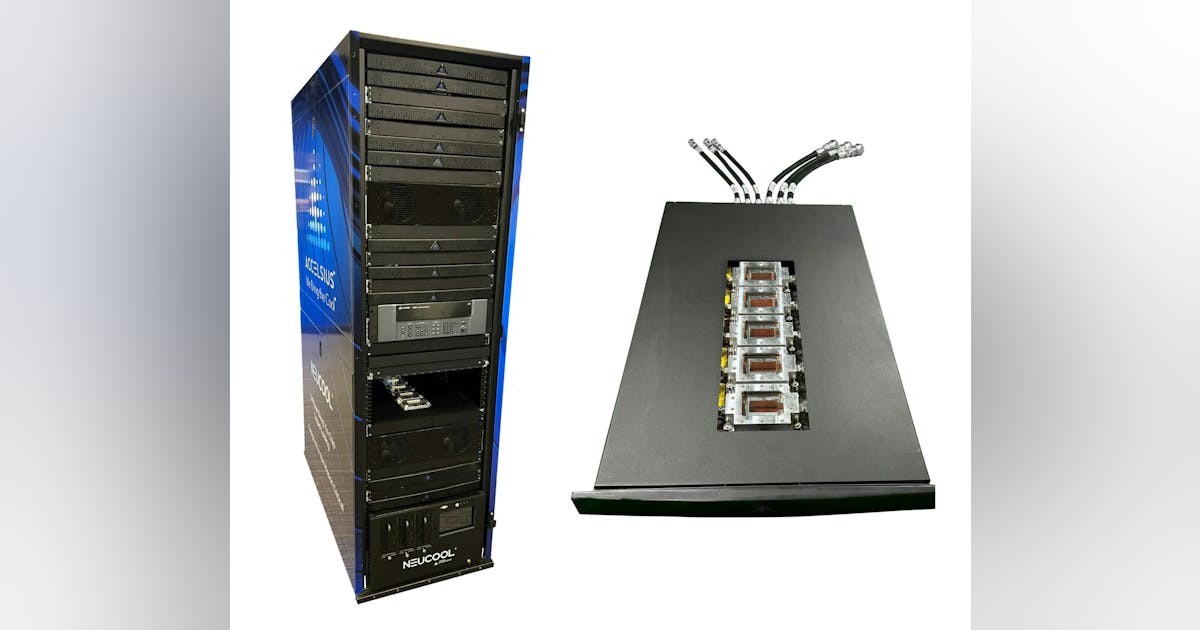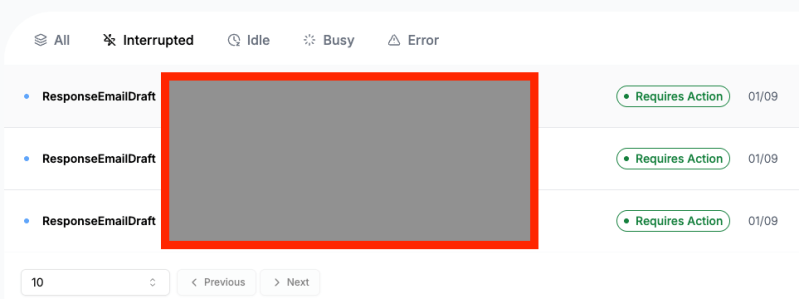
Kinder Morgan’s SFPP West and CALNEV pipelines have returned to service, a Kinder Morgan representative revealed to Rigzone on Tuesday.
“There are currently no significant impacts to our operations,” a media statement sent to Rigzone by the representative yesterday, which had a timestamp of 10:25am CT on January 13, noted.
“We continue to actively monitor the California wildfires and will work with our customers on any potential impacts,” it added.
A media statement sent to Rigzone by the representative yesterday, with a timestamp of 11:25am CT on January 8, said, “the fires are not directly impacting our operations” but added that “the SFPP West and CALNEV pipelines were shut down due to power outages in the area”.
“We expect the lines to resume service once the power has been restored,” it added.
A media statement sent to Rigzone by the representative on Tuesday, with a timestamp of 12:15pm CT on January 9, stated that the SFPP West and CALNEV pipelines “remain shut down due to power outages in the area”.
“We continue to monitor the situation and expect the lines to resume service once the power has been restored,” that statement added.
Kinder Morgan’s SFPP system comprises the North Line, the San Diego Line, the Oregon Line, the West Line, and the East Line, the company’s website shows.
The West Line “is approximately 515 miles of primary pipeline and currently transports products from the Los Angeles Basin to Colton and Imperial, California, and Phoenix, Arizona,” the site states.
Kinder Morgan’s 566-mile CALNEV pipeline system transports gasoline, diesel and jet fuel from Los Angeles, California, refineries and marine terminals through parallel 14-inch and 8-inch diameter pipelines that originate in Colton, California, and extend to terminals in Barstow, California, and Las Vegas, Nevada, the company’s site notes.
The pipeline system also serves the Nellis Air Force Base in Las Vegas, NV, McCarran International Airport in Las Vegas, NV, and Edwards Air Force Base in the Mojave Desert in southeastern California, it adds.
In a briefing at the White House on January 14, which was transcribed on the White House website, U.S. President Joe Biden said, “these wildfires are the worst in California history”.
“Over the past few weeks, state and local and federal firefighters were able to prevent the largest fires from moving into new areas,” he added.
“In other words, they’ve been able to contain the fires. Fourteen percent containment in the Pacific Palisades has been – that’s how much has been contained. Thirty-three percent in the fire in Pasadena. Ninety-five percent in Sylmar. And the fire in Ventura has been 100 percent contained,” he continued.
“Over the next few days, we’re expecting strong wind gusts that … could … be … more fuel for fires. And I’m continuing to direct the federal government to do everything possible … everything we possibly can to help California,” Biden continued.
On Monday, California Governor Gavin Newsom “announced over 300 additional firefighting personnel and 135 additional engines prepositioning in strategic Southern California locations in advance of extreme fire weather expected through Wednesday,” a statement posted on Newsom’s website on Monday highlighted.
“These resources add to the already historic response to fight fires in the area, bringing the total to more than 15,000 personnel and a combined 1,900 fire engines, water tenders, aircraft and bulldozers,” the statement added.
In that statement, Newsom warned “we aren’t out of the woods yet”.
“As we anticipate severe fire weather in the coming days, we are surging thousands of personnel and equipment to ensure the safety of our communities,” he said.
“Our response efforts continue on the ground during this ever-evolving situation – Southern Californians must stay vigilant and heed orders from local authorities,” he continued.
Last week, a Phillips 66 spokesperson told Rigzone that the company is closely monitoring the fires in Southern California.
“There are currently no disruptions to operations, and Phillips 66 is actively taking steps to minimize any potential disruptions,” that spokesperson said.
“The safety and well-being of our employees remain our top priority, and we are actively taking steps to ensure their safety,” the spokesperson added.
To contact the author, email [email protected]






















